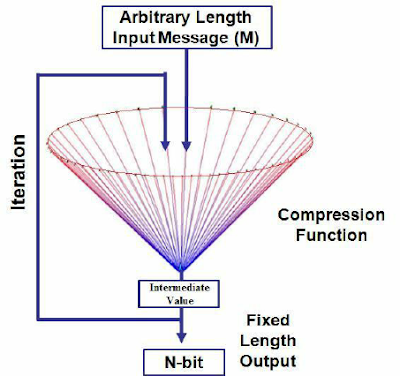PKI: Public key infrastructure is something that establishes and manages public key encryption and digital signature services. For public key encryption to work, digital keys and certificates need to be created, stored, distributed, managed, revoked, used and so on. PKI allows for encryption to do all of these things with software, hardware, protocols, policies, processes and services. PKI enables what we call public key encryption (aka asymmetric encryption) to be able to use two keys. One key encrypts while the other decrypts. The two keys used are the public key and the private key. The keys are aptly named as one key is available to the public and the other one is private. Who Are the Key Players Involved in PKI? There are three main elements to PKI: The key pair , which we just covered is one of them. Certificate authorities (CAs) are another. CAs are trusted third-party bodies that develop and manage digital certificates. Trusted is the key word there a...


